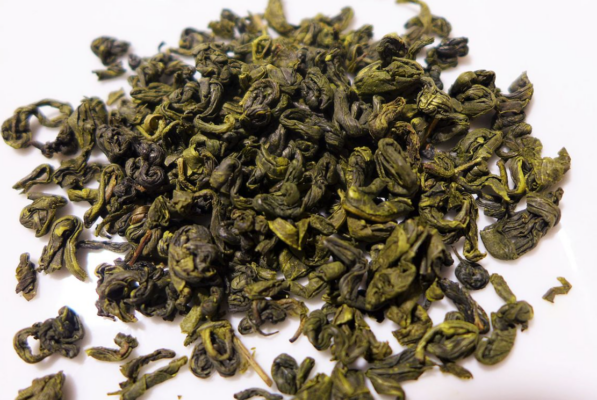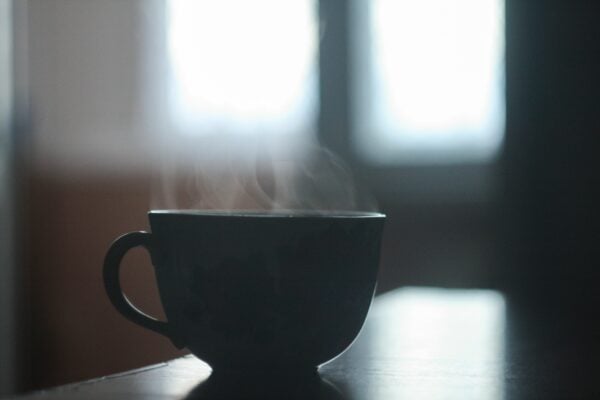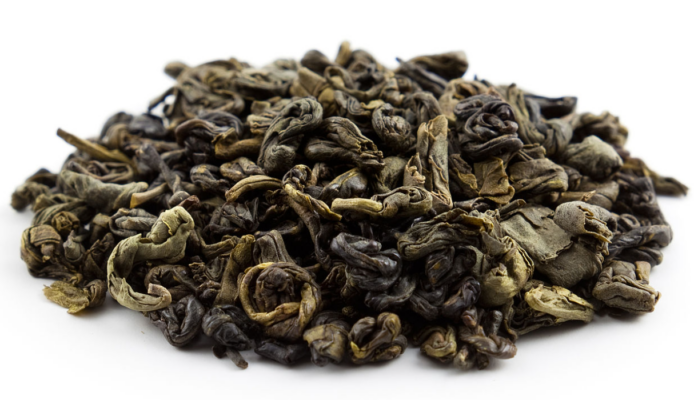There are all kinds of ways to drink tea, casually at home or work (as most people do), iced as a thirst-quencher on a hot summers day, or very dignified as high-tea just to name a few. Every nation, culture, social group has its own rituals and tastes of course,but in Japan it is elevated to an artform.
Japanese tea ceremonies, known as Chadō, sadō or simply ocha (“tea”) is a formal form of preparing and drinking Japanese green tee (matcha) and it has gone through numerous incarnations throughout Japanese stages of development. A full tea ceremony can take multiple hours, including several meals and servings of both thin (usucha) and thick (koicha) tea.

After the Camellia sinensis plant found its way to Japan in the 8th century it was initially used as a form of medicine. By the fourteenth century extravagant tea parties had become popular among the upper classes as a way of presenting their art, and later the practice was adopted by all social classes and tailored to meet their means of living. Heavily influenced by Zen Buddhism these tea drinking gatherings began to take on a more spiritual role. The focus was not just on a meticulous manner in which to prepare and serve tea, it is provided a way of stepping out of the hectic pace of everyday life and focus on tranquility and inner peace. Moreover, it is perceived as a great gesture of respect towards the guests.
Obvioulsy, the ceremonies are a lot more complex than described below but typically a tea ceremony starts with the guests being led through a garden where they wash their hands, thereby symbolically cleansing themselves of the outside world. They then step into the tea room through a small door encouraging them to bow in a sign of respect. The host kneels down on a cushion and gracefully cleans his equipment and boils purified water on a stove in the floor. The host takes out a silk cloth (fukasa) which is ceremoniously inspected before using it to handle the iron pot. Then, with precise hand movements, the host prepares the tea in front of his guests. Thin tea is served to each guest individually. With thick tea, the bowl of tea is subsequently given to the first guest who turns the bowln 180 degrees to avoid drinking from the ornamental side, takes a sip, wipes the bowl and passes it on to the next guest.
These days the traditional Japanese tea ceremony plays a less prominent role in Japanese society, although it is still performed as a pastime or by tourists in traditional gardens and cultural centers.



